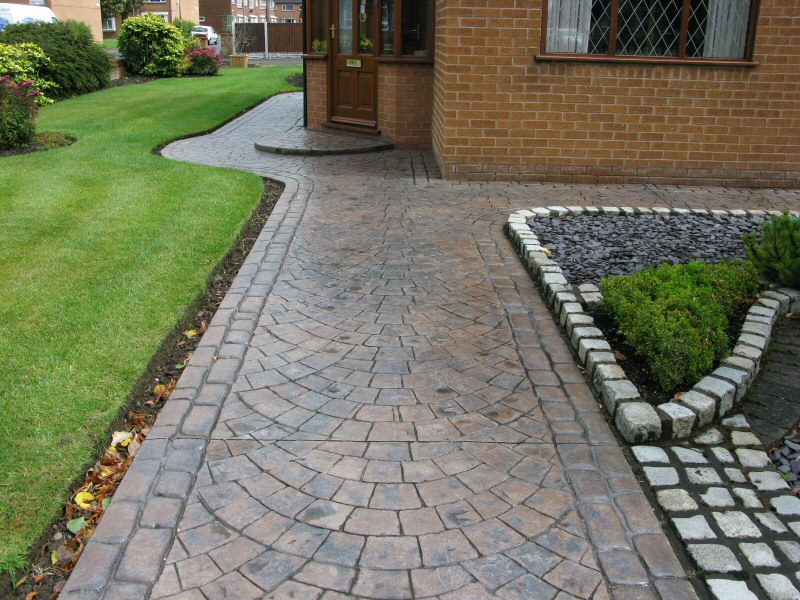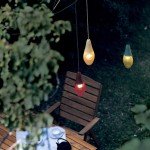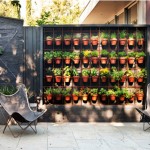The use of gabions for landscaping as well as interior decoration is increasingly popular. Here are 5 benefits of incorporating gabion cages into any architectural scheme.
High visual appeal
The most obvious benefit and the reason why most people choose to incorporate gabion structures into their designs, is the aesthetic appeal. Materials that come straight from nature, unadorned, appeal to us on a visceral level, whether used inside the home or for the exterior. The choices of the material to fill the cages are endless: from huge chunks of roughly-hewn stones to the smoothest of pebbles, they can be used artfully to create a fascinating textural contrast with other elements of a design scheme. It’s not only rocks that can be used to fill the cages: timber, wine bottles, broken mosaics can all add a flash of the unexpected. Materials can be selected to enhance the rustic feel of a living space, or to provide a contrast in a sleek, minimalist room.
Ease of installation
Gabion cages are easy to assemble and install. They are typically delivered in flat packs which simply have to be joined, and clipped together before being placed in the desired position and filled. If being used as the base for benches, tables or stool, the cover simply has to be fastened firmly over the top.
Just one caveat: although they don’t require deep foundations, free-standing walls should be treated with caution, as there is a risk that they could become unstable over time. Therefore a professional installer should advise on whether a concrete footing may be required and carry out the work.
Flexibility
The third advantage of gabions is their breathtaking versatility. In exterior spaces, they can be used to create attractive and durable retaining, as well as free-standing, walls and low-level space dividers They can create attractive surrounds for ponds and pools, whether raised or at ground level.
Inside the home, they can be used purely as decoration, creating texture against walls, or to create separation between living areas. They can also function as the base for kitchen islands, dining tables and storage options.
However, as they aren’t built-in structures, they can be changed and adapted over time, according to the living needs of the occupant. Simply remove the filling material, detach any items used to secure a feature in place, and everything is ready to be relocated, re-purposed and re-installed.
Cost effective
When compared with other traditional building materials and methods, gabion cages can be considered cost-effective, especially when filled with locally sourced stone, or even broken building materials. The filling will never deteriorate.
Environmentally friendly
The materials used are long-lasting and sustainable, which makes gabions an increasingly desirable option. According to Gabion Reviews, when looked at from an environmental point of view, the carbon footprint of a gabion wall is up 80% lower than a concrete wall of the same dimensions, making it a rational and responsible choice, as well one with high visual appeal.









